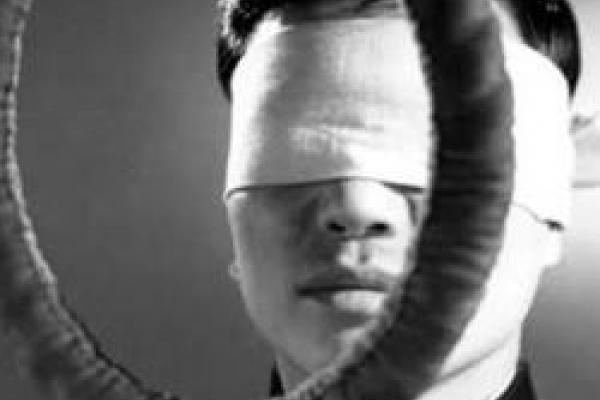
Institute for Japanese Studies presents the 2017 IJS Lecture Series:
Max Ward
Assistant Professor of Japanese History
Middlebury College, Vermont
Abstract: Death by Hanging (Kōshikei) is one of Ōshima Nagisa’s most complex political films of the 1960s, both for its innovative experiments with film form, as well as how it addresses a variety of political issues, including capital punishment, nationalism, and colonial legacies in postwar Japan, to name just a few. At the center of this constellation of issues is the question of ideological subjection by the state and its inherent connection to state violence. In this talk, I situate Ōshima’s Death By Hanging alongside other critical theories of ideological subjection and read the film as a cinematic exposition of state power.
Bio: Max Ward is Assistant Professor of Japanese History at Middlebury College. He teaches Japanese and East Asian history, with a special emphasis on social theory, politics and ideology. He received his doctorate from New York University’s History Department in 2011 and his Bachelors from the University of California, Berkeley in 1999.
Professor Ward's primary research focuses on the intersections between imperial ideology and state power in 1930s Japan. His forthcoming book, Ghost in the Machine: Imperial Ideology and Thought Reform in Interwar Japan, explores the Japanese state’s efforts to rehabilitate political criminals as loyal imperial subjects in the 1930s. In addition to his research on imperial state ideology, he has also written/presented on a wide-range of topics, including Japanese colonialism in Korea, postwar Japanese film, Kyoto school philosophy, fascism as a global phenomenon as well as postcolonial theory and the question of historical difference. His research has been awarded grants and fellowships from the National Endowment for the Humanities (2016), the Japan Foundation (2015-16), the Northeast Asia Council of the AAS (2014), the Fulbright Program (2008-2010), among others.
Free and open to the public.
This event is made possible in part by OSU’s Department of History of Art and by a U.S. Department of Education Title VI grant to The Ohio State University East Asian Studies Center.
